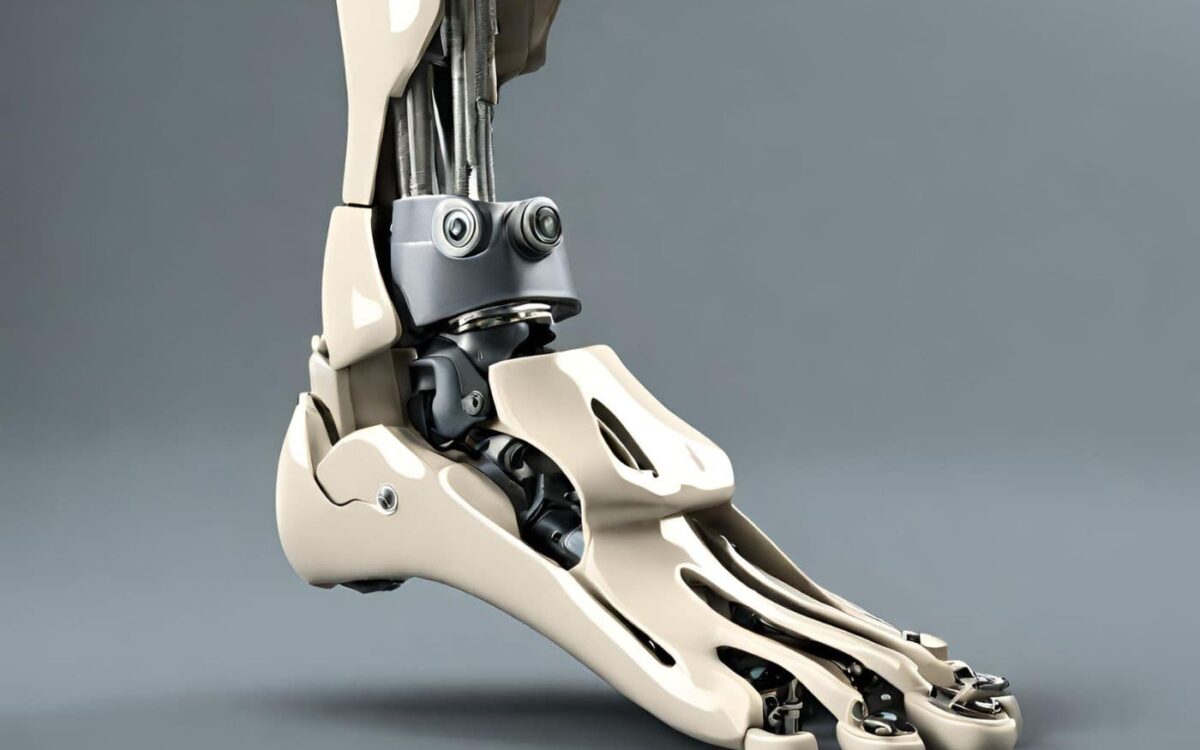Introduction
For individuals facing lower limb amputation, the initial adjustment can be daunting. The emotional and physical challenges can feel overwhelming, impacting daily life and sense of independence. However, advancements in prosthetic technology offer a beacon of hope, providing solutions that not only restore mobility but also empower individuals to reclaim control and embrace an active life. From sophisticated prosthetic legs below the knee to complex hip disarticulation prostheses, these devices are tailored to various needs and amputation levels, paving the way for a future filled with possibility.
Adapting to Change: The Emotional Journey
The journey after lower limb amputation extends far beyond the physical aspects of regaining mobility. It’s a deeply personal experience, often marked by a complex range of emotions. Feelings of grief, anger, and even fear are natural and expected during this initial adjustment period. It’s crucial to acknowledge these emotions and seek support from loved ones, healthcare professionals, or support groups.
Connecting with others who have undergone similar experiences can be incredibly helpful. Sharing stories, offering encouragement, and fostering a sense of community can provide invaluable support throughout the emotional journey. Additionally, consider seeking guidance from mental health professionals who specialize in helping individuals cope with the psychological impact of limb loss. Remember, prioritizing your emotional well-being is just as important as physical rehabilitation during this time.
Understanding Prosthetic Legs: Options and Considerations
The diverse world of prosthetic legs offers solutions tailored to individual needs and amputation levels. Broadly categorized by the location of the amputation, two main types exist:
Transtibial prostheses: Designed for individuals with below-knee amputations, also known as transtibial amputations, these prostheses replace the missing portion of the lower leg below the knee joint.
Transfemoral prostheses: These prostheses cater to individuals with above-knee amputations, or transfemoral amputations, where the amputation occurs through the thighbone.
Each prosthetic leg is comprised of several key components working together to restore mobility and function:
Socket: This crucial component fits snugly against the residual limb, providing a secure and comfortable connection between the wearer and the prosthesis.
Liner: Worn directly on the residual limb, the liner acts as a protective interface between the skin and the socket, promoting comfort and preventing irritation.
Pylon: This rigid component, often made of lightweight yet sturdy materials like carbon fiber, serves as the leg’s main support structure, transferring weight from the socket to the foot.
Foot: Prosthetic feet come in various designs, each offering specific functionalities. Some feet mimic the natural movement of the ankle joint, while others prioritize stability or cater to specific activities like running or swimming.
The Rehabilitation Process: Regaining Confidence and Skills
Regaining mobility and confidence with a prosthetic leg requires dedication and effort. Physical therapy plays a vital role in this process, guiding individuals through a personalized rehabilitation program. Therapists create a safe and supportive environment where individuals can learn, practice, and gradually regain control over their movements.
The initial focus often involves relearning basic skills like walking. Therapists work with individuals on balance exercises, gait training, and navigating different terrains, gradually increasing complexity as confidence and skill level improve. They also provide guidance on strengthening exercises to improve overall physical fitness and support the demands of using a prosthetic leg.
Setting realistic goals throughout the rehabilitation journey is crucial. Celebrating milestones, no matter how small, helps maintain motivation and fosters a sense of accomplishment.
Beyond Walking: Embracing an Active Lifestyle
The capabilities of prosthetic technology extend far beyond simply restoring basic walking ability. Advancements have opened doors to a world of possibilities, allowing individuals to embrace an active lifestyle and participate in various physical activities they may have once thought unimaginable.
Gone are the days when limitations defined what individuals with amputations could achieve. Today, specialized prosthetic legs cater to a diverse range of activities, empowering individuals to push boundaries and pursue their passions. Whether it’s the thrill of running a marathon with a blade-shaped prosthetic foot or the freedom of movement with a hip disarticulation prosthesis, these advancements are transforming lives and fostering a sense of empowerment.
The benefits extend far beyond the physical realm. Engaging in physical activities can significantly improve mental well-being, boost self-esteem, and combat feelings of isolation. The ability to participate in sports or simply enjoy a brisk walk alongside loved ones can contribute to a more fulfilling and enriching life. As technology continues to evolve, we can expect even greater possibilities to emerge, further blurring the lines between limitation and potential.
Living a Fulfilling Life: Support and Resources
Living a fulfilling life after lower limb amputation is not a solitary journey. A robust support system and readily available resources empower individuals to navigate challenges, embrace opportunities, and thrive.
Support groups can be an invaluable resource, offering a safe space to connect with others who share similar experiences. Sharing stories, offering encouragement, and fostering a sense of belonging can significantly contribute to emotional well-being and social integration. Additionally, online communities and patient advocacy organizations provide valuable information, resources, and opportunities to connect with a wider network of individuals and organizations dedicated to supporting those with limb loss.
Prosthetists play a crucial role in ensuring the ongoing success of using a prosthetic leg. These specialists provide regular check-ups, maintenance, and adjustments as needed. They also stay up-to-date on advancements in technology and can guide individuals towards solutions that best suit their evolving needs and lifestyle.
The journey after lower limb amputation, while demanding, is ultimately one of hope and potential. With the support of loved ones, healthcare professionals, and the vast array of available resources, individuals can not only regain mobility and independence but also embrace an active and fulfilling life.
